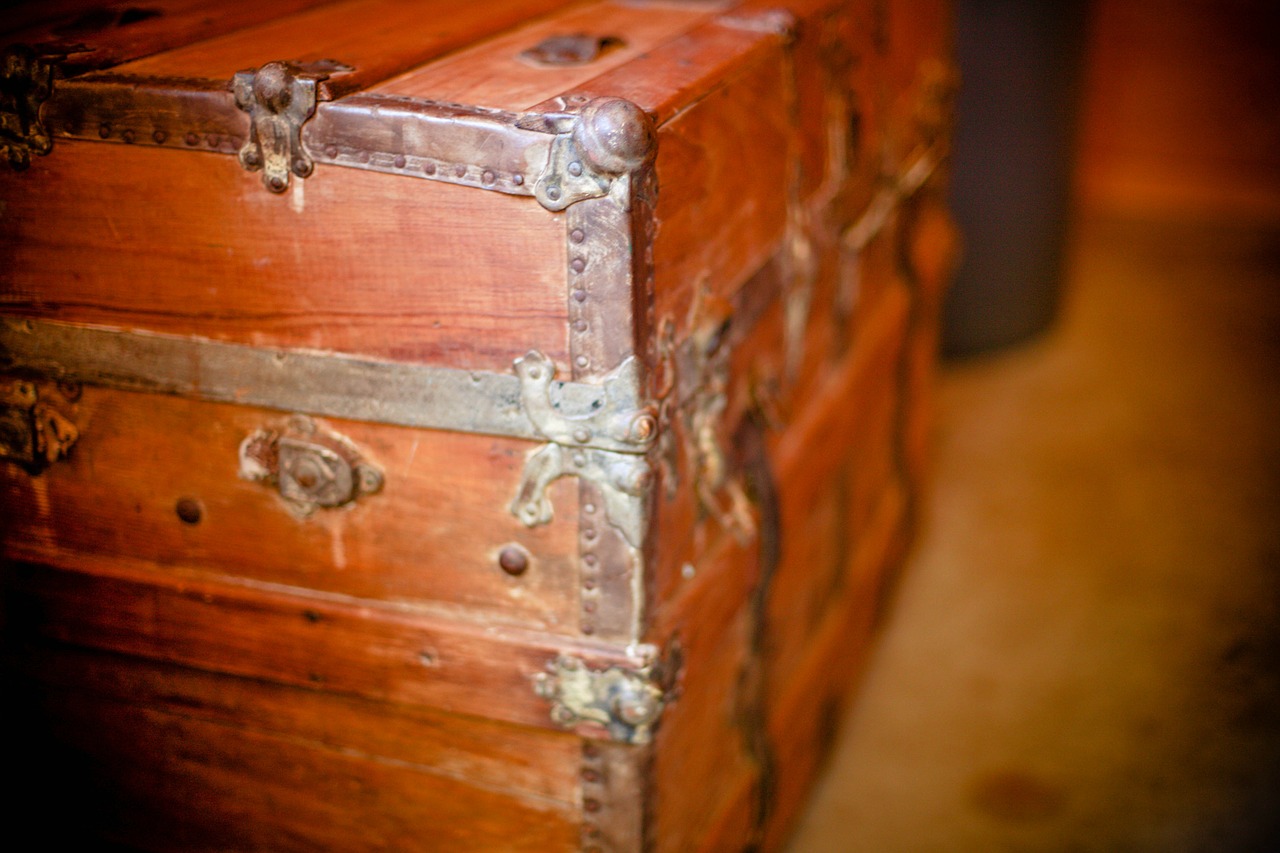What is "clue setting"?
In literary writing, clue setting is the strategic placement of clues within a narrative to guide readers towards solving a mystery or puzzle. It involves carefully weaving subtle hints and foreshadowing into the story's environment, characters, and events to create a sense of intrigue and anticipation.
Clue setting plays a crucial role in mystery and detective fiction, where readers are actively engaged in unraveling the enigma alongside the protagonist. By skillfully planting clues throughout the narrative, authors craft a compelling journey that tests the reader's observation skills and deductive reasoning.
The history of clue setting can be traced back to classic detective stories, where authors like Agatha Christie and Arthur Conan Doyle employed this technique to create intricate puzzles for their readers. In modern literature, clue setting continues to be an essential element, adding depth and complexity to narratives across various genres.
As we delve deeper into this article, we will explore the different types of clues, their significance in storytelling, and how authors utilize clue setting to enhance the reader's experience.
Frequently Asked Questions about Clue Setting
This section addresses some common questions and misconceptions surrounding clue setting in literature.
- Hot Now Temporary Replacement Videos More Dont Miss Out
- Explore Somali Telegram Links 2025 Your Guide To Channels Groups
Clue setting aims to provide readers with subtle hints and foreshadowing that guide them towards solving a mystery or puzzle within a narrative. It enhances reader engagement and encourages active participation in unraveling the enigma.
Question 2: Is clue setting only limited to mystery and detective fiction?While clue setting is commonly associated with mystery fiction, it is not exclusive to this genre. Authors across various genres employ clue setting to add depth and complexity to their narratives, creating intriguing puzzles for readers to solve.
Question 3: How do authors ensure that clues are not too obvious or too difficult to find?Skilled authors carefully balance the placement of clues to maintain a sense of challenge without frustrating readers. They weave clues seamlessly into the narrative's environment, characters, and events, making them discoverable through careful observation and logical reasoning.
Question 4: What are some common types of clues used in clue setting?Clues can take various forms, including physical objects, symbols, character traits, dialogue, and even seemingly insignificant details. Authors utilize a combination of these to create a multifaceted puzzle that engages readers.
Question 5: How does clue setting contribute to the overall reading experience?Clue setting enhances the reader's experience by fostering a sense of involvement and intellectual stimulation. It encourages readers to actively engage with the narrative, develop their critical thinking skills, and derive satisfaction from solving the puzzle alongside the protagonist.
Question 6: Can clue setting be overused or executed poorly?While clue setting is a valuable storytelling technique, excessive or poorly executed clues can detract from the reader's enjoyment. Overabundance of clues may simplify the puzzle, while poorly hidden clues can frustrate readers and damage the narrative's credibility.
In conclusion, clue setting is a crucial element in storytelling that enhances reader engagement and adds depth to narratives. Authors carefully craft clues to guide readers towards solving puzzles, fostering a sense of involvement and intellectual stimulation.
Proceed to the next section to delve deeper into the significance of clue setting and its impact on various literary genres.
Conclusion
Clue setting stands as a fundamental pillar in storytelling, skillfully guiding readers through intricate puzzles and mysteries. By weaving subtle hints and foreshadowing into the narrative's fabric, authors craft compelling journeys that engage readers' intellect and foster a sense of active participation.
Throughout this article, we explored the significance of clue setting in various literary genres, examining how it enhances reader involvement, develops critical thinking skills, and adds depth to narratives. Skilled authors strike a delicate balance, ensuring clues are neither too obvious nor too elusive, maintaining a sense of challenge and satisfaction for readers.
As we conclude, it is evident that clue setting is more than a mere storytelling technique; it is an art form that elevates the reading experience, transforming passive readers into active participants in the unraveling of literary enigmas.

